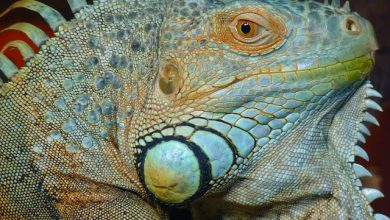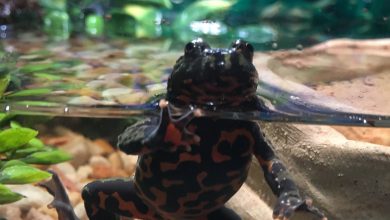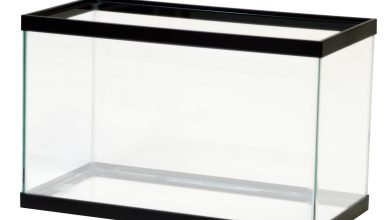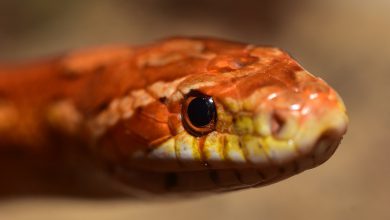How to Feed and Keep Mealworms
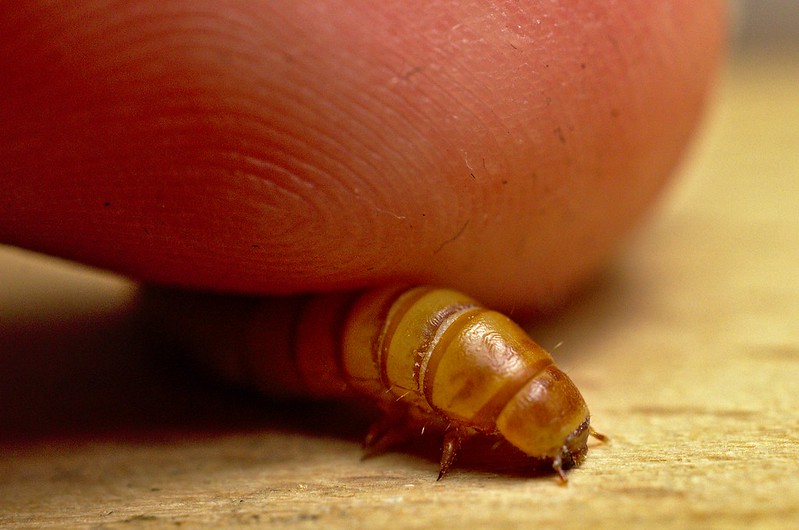
Photo by Herman
In a recent article, weâve talked about the fact that you can feed insectivore exotic pets more than just crickets, though crickets are incredibly common feeder insects. You can check out the previous article here:
Are Crickets the Best Food for Insectivores?
Now that you know mealworms are another optionâand an appealing alternative to crickets for many reptile and amphibian keepersâthe question remains, how do you keep a mealworm supply for your insectivore?
It turns out mealworms are incredibly easy to keep in supply without lots of trips to the exotic pet store. In fact, mealworms are easier to keep than crickets. Hereâs what you need to know to feed and keep mealworms at homeâ¦
Feeding mealworms to your reptile or amphibian
As with crickets, itâs a good idea to gut load and/or dust mealworms with calcium powder before feeding them to your exotic pet.
Photo by Lorren Ooi
Be sure to feed these insects to your insectivore while they are in the mealworm phase. They will eventually pupate and mature into darkling beetles, at which point they are too large and fast for feeding to most pets.
Preventing mealworm odor
In general, mealworms do not have a strong scent the way that a container of crickets generally does. That being said, certain environmental conditions can cause the mealworm container to stink:
- Humidity that is too high
- Food being left for too long
Leaving moist food in the mealworm container can also contribute to higher humidity and more odors. Removing some of the substrate from the mealworm container can also help to adjust the humidity level and reduce odors.
Enclosures for mealworms
Mealworms donât need much to survive. You can keep them in a small glass or plastic container. They wonât be able to climb the sides of these surfaces. All thatâs needed other than the container is a bit of substrate or bedding, such as shredded paper or cardboard pieces.
Alternatively, you can use oats, cornmeal, or wheat as the substrate. These grain foods are also known as âmealâ and are where mealworms get their name.
What to feed mealworms
As for food for the mealworms themselves, they donât really need to eat much, and theyâre not particular. Whatever youâre using as a bedding or substrate is often sufficient as part of their food source, as they will eat paper or cardboard.
Photo by Sopaz
Itâs a good idea to provide them with small amounts of other foods, though, to make them more nutritious for your pet. Pretty much any fruits and vegetables work to feed to the mealworms, and these will also provide them with hydration. Thereâs no need for additional water.
Optional: refrigerator storage
Keeping mealworms in the refrigerator slows down their maturation, increasing the amount of time before they pupate. This allows you to feed a batch of mealworms to your insectivorous exotic pet for longer before some of the mealworms become beetles.
In fact, if you donât want to raise mealworms yourself, you can just buy some and put them in the fridge, where they will be dormant and wonât need to eat. These insects can last up to a few months in the fridge. Mealworms are usually the least expensive feeder insect to purchase.
Thatâs pretty much it. Mealworms are simple. Follow The Tye-Dyed Iguana blog for more information on insectivores and other herps.
